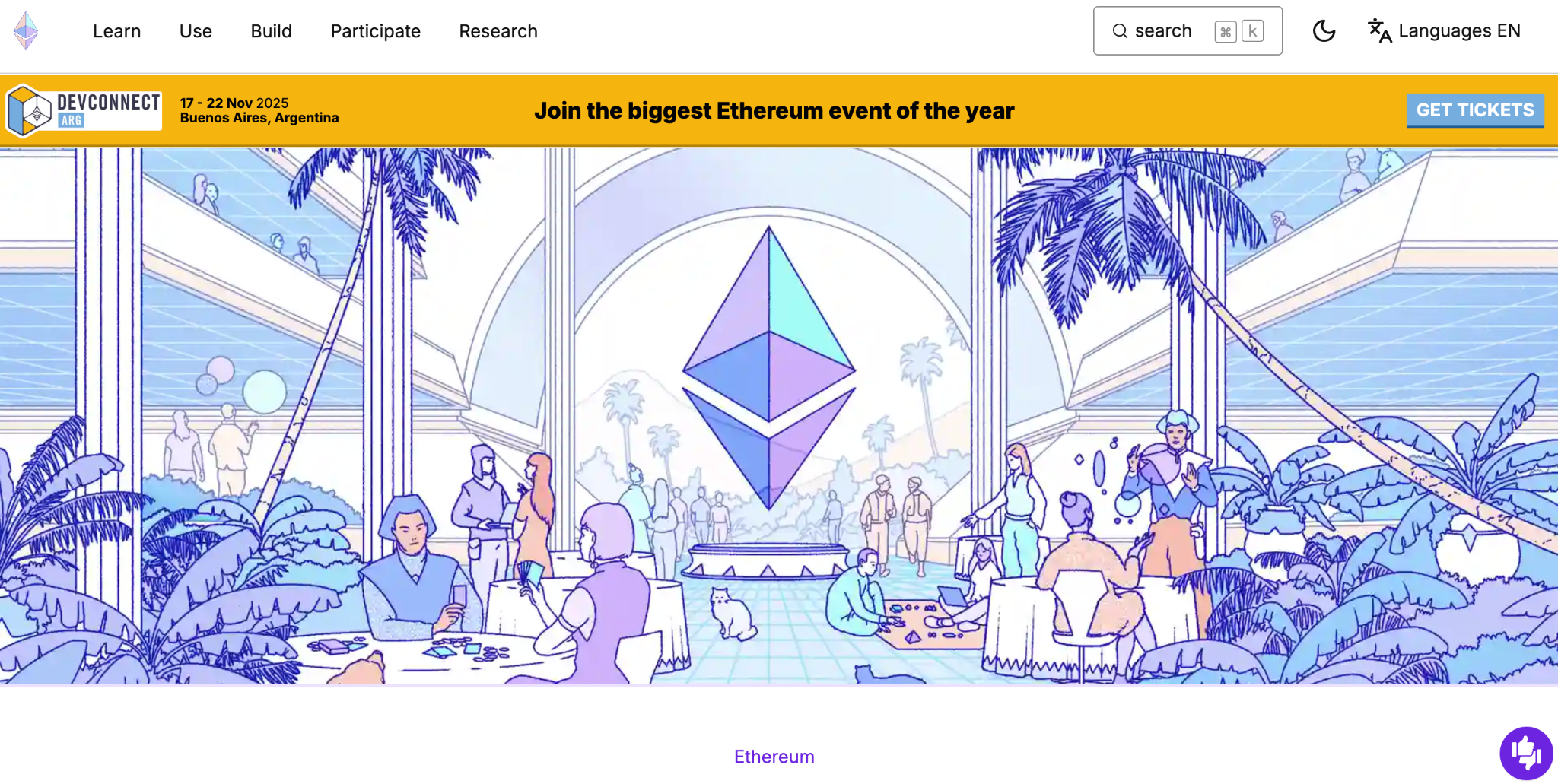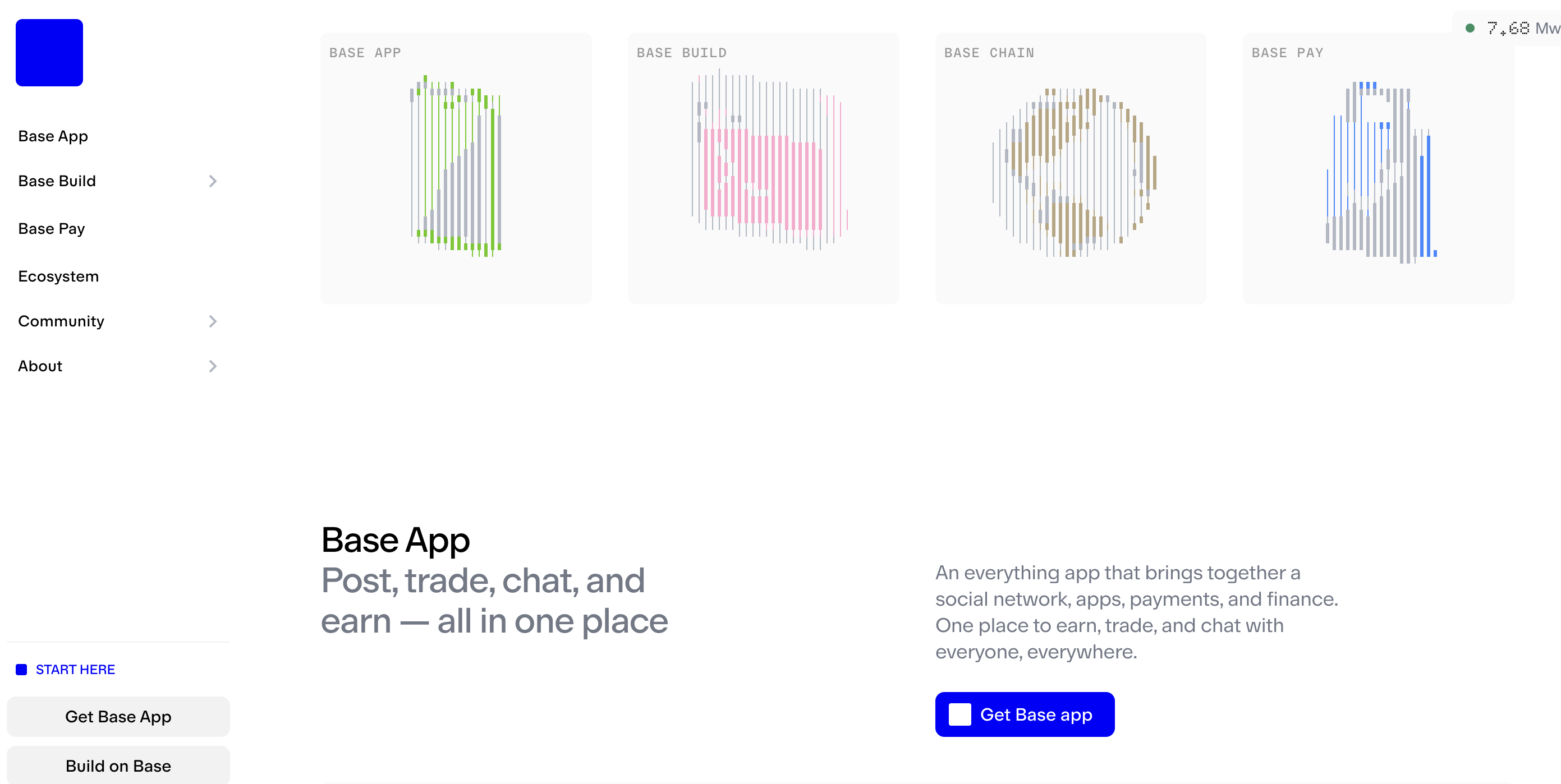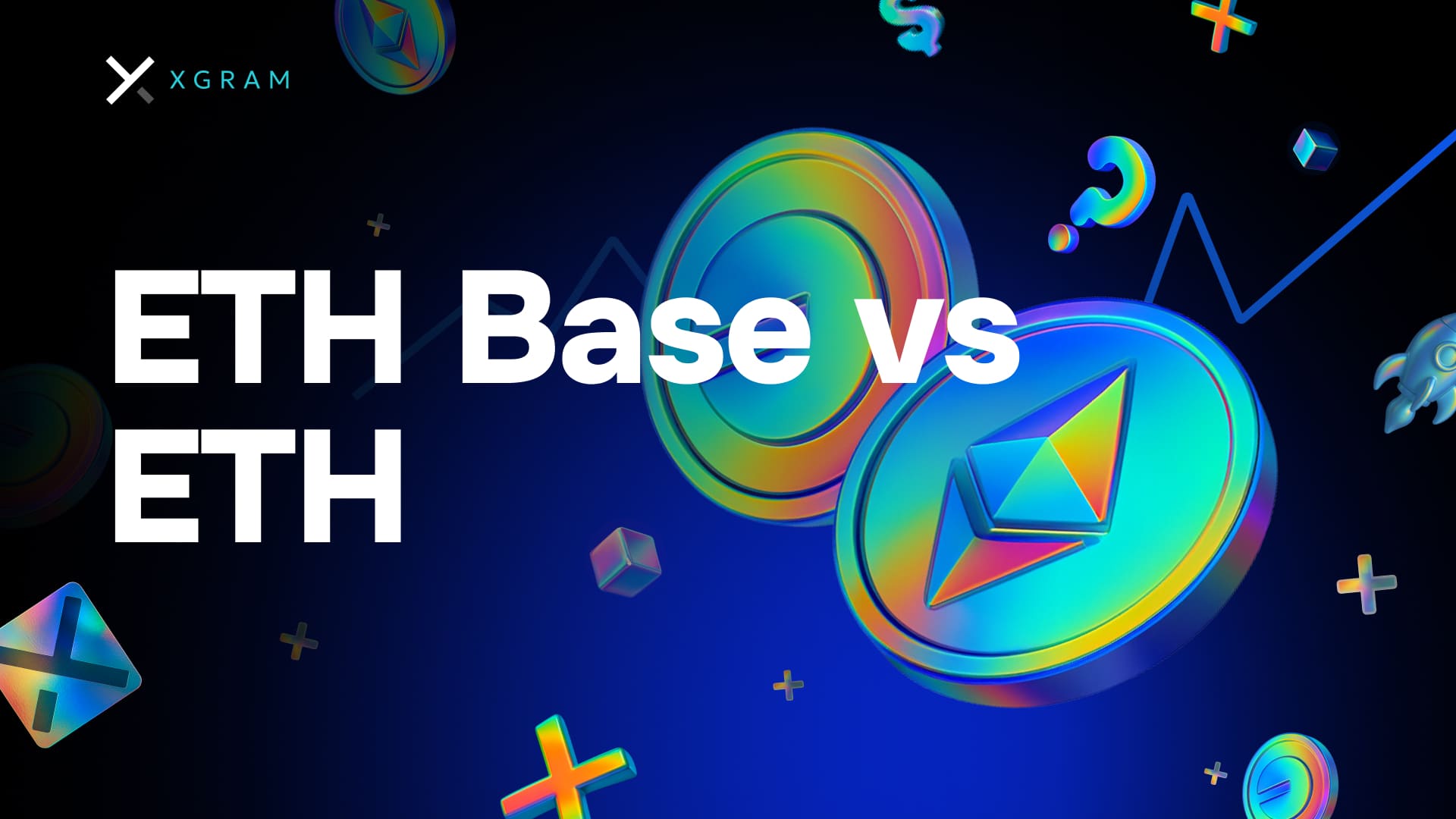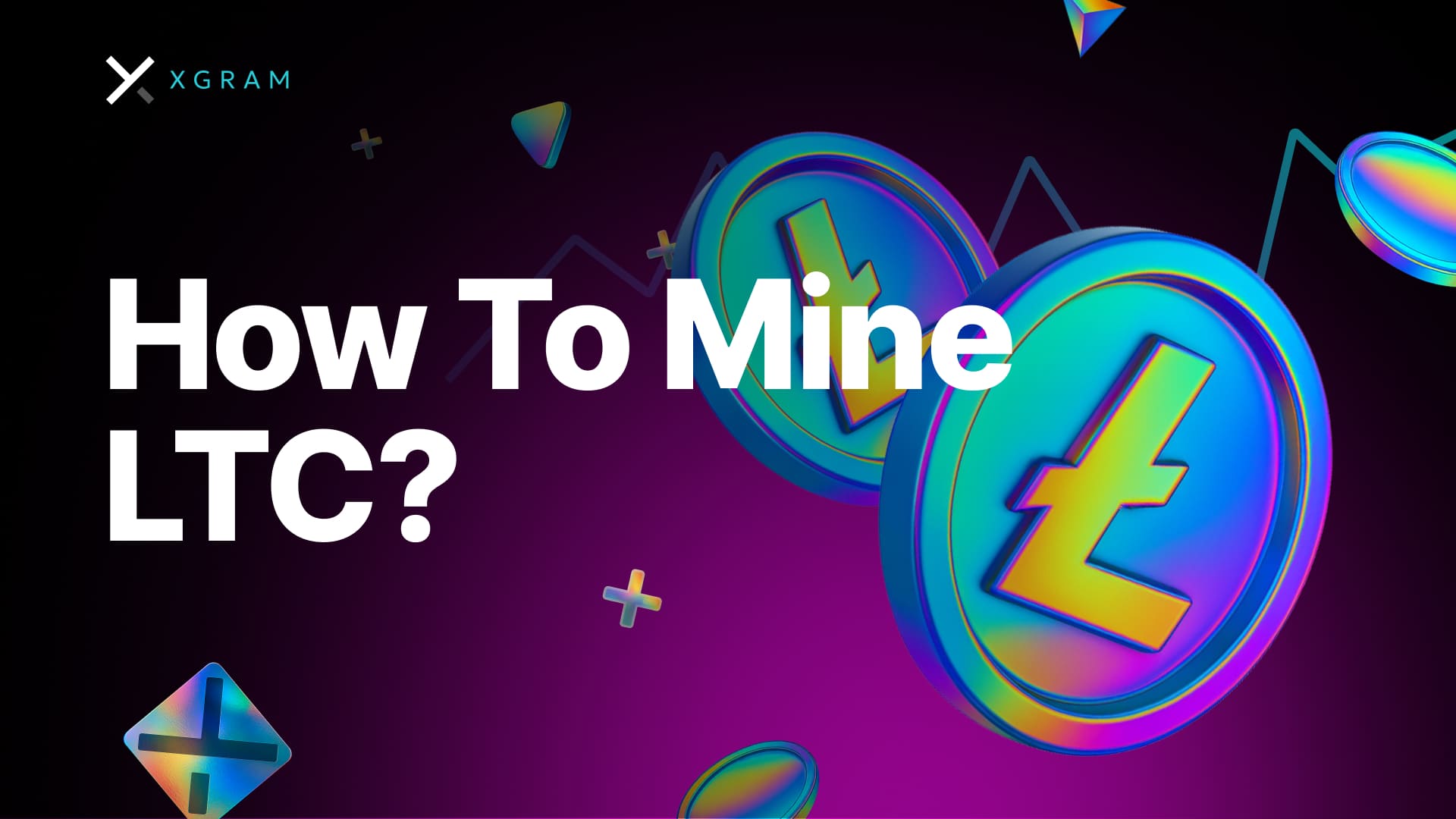Ethereum is the more established chain with a massive ecosystem, deep liquidity, and global developer support. Ethereum Base, an emerging solution, aims to provide cheaper and quicker transactions by leveraging Layer 2 scaling. Both have pros and cons in terms of fees, speed, and security. You should evaluate whether you need the breadth of Ethereum’s ecosystem or the lower costs that Base may offer.
Understand Ethereum

Ethereum is widely known as the first blockchain with a focus on smart contracts. It allows you to deploy and run decentralized applications (dApps), tokenize assets, and create complex financial products natively on the chain. From decentralized finance (DeFi) projects to non-fungible tokens (NFTs), Ethereum’s ecosystem is vast and diverse.
- High developer activity: As the first mover in the smart contract realm, Ethereum has attracted thousands of developers.
- Large community and liquidity: Exchanges, wallets, and dApps around the world support Ethereum.
- Ongoing upgrades: The chain’s move to proof-of-stake has reduced energy usage, but fees can still be high during peak times.
When you use Ethereum, you get a stable, proven network that continues to evolve. Notably, fees have been one of its sticking points, especially for smaller transactions. However, Ethereum remains the primary hub for many DeFi tools, NFT markets, and enterprise-level solutions.
Explore Ethereum Base

Ethereum Base is a relatively new solution that builds on Ethereum’s core principles but focuses on improved scaling and reduced transaction costs. While the mainnet Ethereum network still processes transactions at a fundamental layer, Base uses a Layer 2 or sidechain-like architecture to settle transactions more efficiently.
- Lower transaction costs: Because Base bundles (or “rolls up”) transactions before settling on Ethereum, you might pay significantly fewer fees for each transaction.
- Potential for speedier confirmations: Base aims to confirm transactions faster than the main Ethereum network, where blocks can sometimes have longer confirmation times.
- Growing (but smaller) ecosystem: Although less extensive than Ethereum’s, Base’s dApp ecosystem is growing as users look for more cost-effective platforms.
Keep in mind that Base’s relative youth means it doesn’t yet have the same level of decentralization or community trust that Ethereum commands. However, if cost and speed are high priorities for you, Base could be an appealing alternative.
Compare key factors
When you compare Ethereum Base vs Ethereum, several core points deserve attention. By examining fees, speeds, ecosystem reach, and security, you can form a clearer picture of which solution best suits your needs.
Look at transaction fees
Fees, often called gas, typically reflect the computational resources a transaction requires. On the Ethereum mainnet, gas fees can spike during periods of heavy network usage. Base, on the other hand, often benefits from off-chain or secondary-layer computations.
- Ethereum: Higher fees in congested times, can vary widely.
- Base: Generally lower fees, thanks to efficient bundling of transactions.
If you plan small, frequent transactions (like micro-payments or lower-value trades), Base’s lower fees might save you money over time. If you are investing large amounts and prefer mainstream, battle-tested infrastructure, Ethereum’s slightly higher fees might be less of an issue.
Check transaction speeds
Transaction speed goes hand in hand with fees. When competition for block space rises, fees often surge, and transactions sometimes wait in the mempool longer.
- Ethereum: Processes between 10–30 transactions per second, though actual throughput can depend on network conditions.
- Base: Can batch multiple operations before committing them to Ethereum, often leading to faster approvals.
Base’s approach aims to make confirmations quicker, so your trades or DeFi moves finalize at a more rapid pace. Of course, if a large number of people start using Base at the same time, you might still see increased wait times, but its scaling design generally helps reduce congestion.
Gauge ecosystem reach
The success and practicality of any blockchain often hinge on the number and variety of dApps available. Ethereum, with a head start of several years, offers nearly every DeFi, NFT, or gaming solution you can imagine.
- Ethereum: Has a massive set of tokens, dApps, stores, NFT marketplaces, and more.
- Base: Features a smaller but growing list of projects, often interoperable with existing Ethereum tools.
If you require immediate access to a diverse range of DeFi tools, Ethereum might be your best bet. But if you are looking to experiment with a network aiming to reduce transaction costs, Base offers a compelling array of dApps that continues to expand.
Note security aspects
Security is crucial whenever you transact or hold digital assets. Ethereum’s track record is strong, and each upgrade tends to bolster its security properties. Base, as a newer platform, inherits many security features from Ethereum but still carries the risk of being less battle-tested.
- Ethereum: Long history, large validator set, high liquidity, extensive audits of major protocols.
- Base: Utilizes Ethereum’s security but remains in an earlier phase of adoption.
Neither network is immune to exploits or smart contract vulnerabilities. Using well-vetted dApps, employing hardware wallets, and practicing general crypto security are all steps you should consider on both Ethereum and Base.
Review a side-by-side table
A quick table comparison of Ethereum Base vs Ethereum can help you summarize your decision.
| Factor | Ethereum | Ethereum Base |
|---|---|---|
| Transaction Fees | Higher on average | Generally lower |
| Transaction Speed | Moderate throughput | Faster due to batching |
| Ecosystem Size | Very large dApp support | Growing, smaller base |
| Security Backbone | Established, proven | Leverages Ethereum security |
| Development Status | Mature, continuous upgrades | Newer, evolving approach |
| Use Cases | Broad DeFi, NFTs, enterprise | Cost-conscious DeFi and dApps |
Ethereum remains a highly liquid and well-established option that many consider the “gold standard” for smart contracts. Meanwhile, Base targets improved scalability to lower fees and speed up execution. If your priority is cost efficiency, Base might work better for you. If you value a proven track record, stick with Ethereum.
Choose your best option
It can be tough to declare a single winner in the Ethereum Base vs Ethereum debate because both networks bring unique advantages. The path you choose should reflect your transaction volume, tolerance for network fees, and need for established dApps.
Opt for Ethereum if:
You want maximum liquidity and robust DeFi/NFT choices
You value a proven security framework
You are comfortable paying higher gas fees at peak times
Go for Ethereum Base if:
You do a high volume of micro-transactions
You prefer lower fees and potentially faster confirmations
You want to be an early adopter of emerging platforms
Keep an eye on ongoing developments. Ethereum’s rollups, sharding, and Layer 2 improvements may bring fees down further. Base may also evolve rapidly as more developers migrate to solutions that promise cost savings and scalability.
Consider trading methods
Whether you choose Ethereum or Base, you still need a reliable way to buy, sell, or trade your assets. Most large exchanges now support both networks, or they are on track to do so. In addition to standard transaction methods, you can also turn to peer-to-peer (P2P) marketplaces and cross-chain swap services.
Peer-to-peer on most exchanges
A typical centralized exchange allows you to deposit funds and trade in real time. However, if you prefer direct user-to-user transactions without an order book, many exchanges also offer P2P services. You can set your price or browse existing offers, often with better rates and flexible payment methods. When volume on the P2P side is high, you might see narrower spreads and faster settlement. The advantage is more control over how you interact with buyers and sellers, which can be helpful if you are concerned about transaction fees or prefer specific payment types.
Try xgram for cross-chain
When you need to move assets between networks at lower fees, specialized services step in. One option is Xgram, a cross-chain aggregator designed to simplify the bridging process. Here are five key points:
- xgram relies on smart routing to find the best tunneling path for your trades.
- You can often bypass the high fees that come with manual bridging.
- The platform supports multiple popular chains, letting you hop from Ethereum to Base—or another Layer 2—without fuss.
- Xgram’s interface is user-friendly, so you avoid confusion about which contract address to use.
- You gain potential savings in both time and gas, making it a good option if you bridge assets frequently.
Answer common questions
Below are five frequently asked questions about choosing between Ethereum and Ethereum Base. Your individual goals and risk tolerance play a big part in deciding which path is right for you.
Is Ethereum Base a true Layer 2 or a sidechain?
Base is built to function more like a Layer 2, batching transactions before posting them back to Ethereum. That said, some people still refer to it as a sidechain because it operates semi-independently.Which is better for DeFi applications?
Ethereum has the broadest set of DeFi protocols globally, but if you need cheaper transactions in a smaller but growing ecosystem, Base can be excellent for cost-sensitive DeFi strategies.Are gas fees really lower on Base?
Yes. Base typically merges multiple transactions so that on-chain fees are shared among users. This lowers the cost of each individual transaction, especially when compared to busy times on Ethereum.Do I need separate wallets to access Ethereum and Base?
You can often use the same Ethereum-compatible wallet (like MetaMask) to interact with both Ethereum and Base. Just make sure to switch the network settings when you want to use Base.Is one chain safer than the other?
Ethereum has a longer track record and a broad validator set, so many people trust it as the safer choice. Base benefits from Ethereum’s underlying security but is less tested. Evaluate smart contract audits and platform reputation before committing large sums.
Wrap it all up
When deciding between Ethereum Base vs Ethereum, your priority might be affordability, speed, or a well-established ecosystem. Ethereum, with its mature dApp catalog and proven security, excels at providing trust and liquidity. Base focuses on lowering fees and accelerating transactions, making it an attractive destination for trades that would otherwise be too costly on Ethereum.
Neither solution is “right” or “wrong” in all circumstances. Your choice depends on how often you plan to make transactions, which dApps you want to use, and whether you value a time-tested infrastructure or are ready to embrace newer technology. By exploring peer-to-peer platforms and cross-chain services like xgram, you can also find efficient ways to manage, swap, or bridge your assets. As the broader crypto landscape continues to evolve, staying informed is your best strategy for finding value and opportunity.




